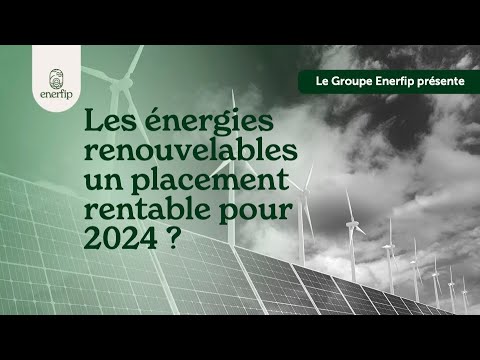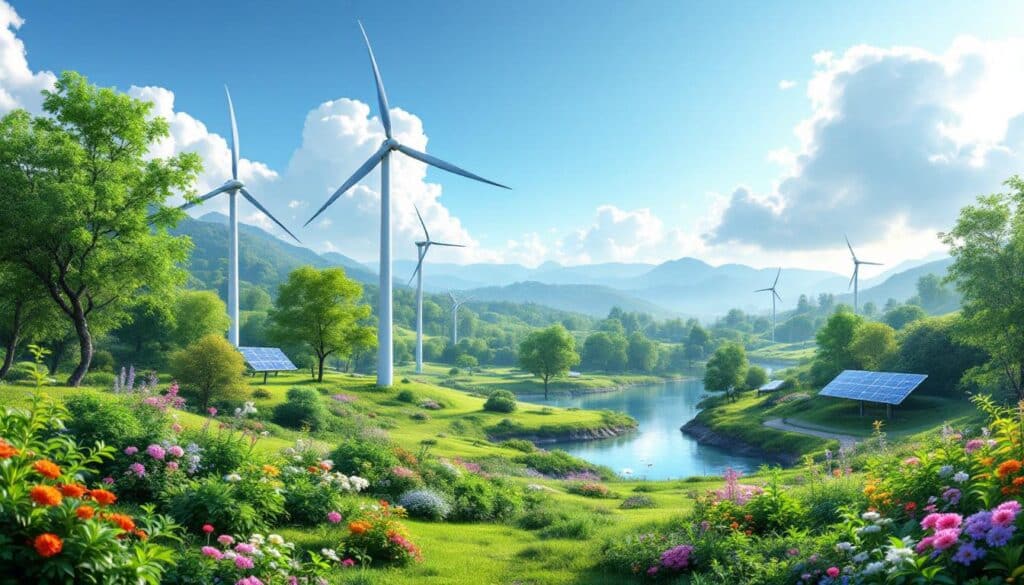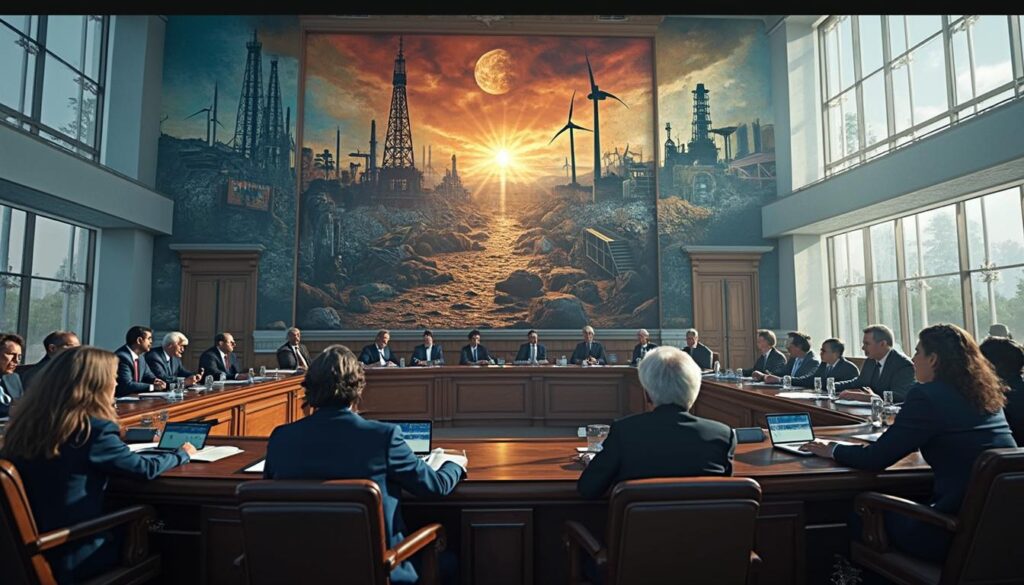The year 2024 marks a decisive turn for the renewable energy sector, with promising prospects and challenges to overcome. In light of ambitious goals, such as tripling installed global capacity by 2030, this analysis examines emerging trends across electricity, heat, and transport, with a particular focus on innovative technologies like bioenergy and biogas. It also reveals international progress while exploring the barriers that hinder faster growth. Issues of policy, costs, and grid integration are at the heart of this study, offering a captivating insight into the dynamics shaping the energy future. The EU’s electricity networks, for the first time, generated half of their production from renewable sources in the first half of 2024, illustrating the rise of this green revolution.
The IEA’s annual report for 2024 on the renewable energy market projects notable growth in renewable energy technologies across the electricity, transport, and heat sectors up to 2030. At the COP28, a global commitment was made to triple installed renewable energy capacity by 2030. The “Renewables 2024” report provides an in-depth country-by-country analysis to assess progress toward this ambitious goal.
For the first time, a special chapter focuses on renewable fuels, including bioenergy, biogas, hydrogen, and e-fuels, forecasting their role in global energy demand by 2030. It also highlights the opportunities for decarbonization in industry, buildings, and transport through these fuels.
In 2024, electricity generation from photovoltaic solar sources reached 12.1 TWh in the first half of the year, representing an 8% increase. Notably, during the same period, half of the electricity production in the European Union came from renewable sources.
The challenges and barriers to faster expansion are also examined. With policy trends, solar PV and wind manufacturing, the costs of renewable technologies, as well as the integration of renewable systems and connection queue issues are analyzed to illustrate the future of this dynamic energy sector.

Current State of Renewable Energies in 2024
The annual report on the renewable energy market from the IEA for 2024 reveals dynamic growth in several sectors. Since the beginning of the year, electricity production from photovoltaic solar has reached 12.1 TWh, equivalent to an 8% increase compared to the previous year. This progression reflects efforts to integrate the various renewable energy sources currently available, enhancing the diversity and resilience of the global energy network.
Future Perspectives and Objectives for 2030
During COP28, governments agreed to triple the installed capacity of renewable energies by 2030, an ambitious but necessary bet for an accelerated energy transition. The current policy framework aims to support this development through rigorous monitoring of progress made by each country. Furthermore, particular attention is drawn to the use of bioenergies, hydrogen generators, and other innovative renewable energy sources such as e-fuels. These technologies play a key role in the decarbonization of industrial and transport sectors.
Challenges and Opportunities for the Expansion of Renewable Energies
The integration of renewable energies into distribution networks faces several challenges, such as connection queues for the electricity grid and the cost of renewable technologies. Nevertheless, wind turbines and solar panels continue to dominate the market due to their low production costs. Significant progress has been made in electrolyzer manufacturing, and companies hope to reduce the costs of renewable hydrogen. The key question remains: how to streamline the integration of renewable energies within a sustainable and equitable framework to encourage inclusive and resilient growth?
Energies renouvelables : comment l’armée française solarise ses sites https://t.co/Hu1FPb0Iu6
— La Tribune (@LaTribune) September 16, 2024
Articles similaires
Thank you!
We will contact you soon.














